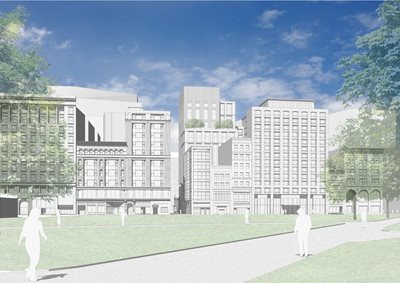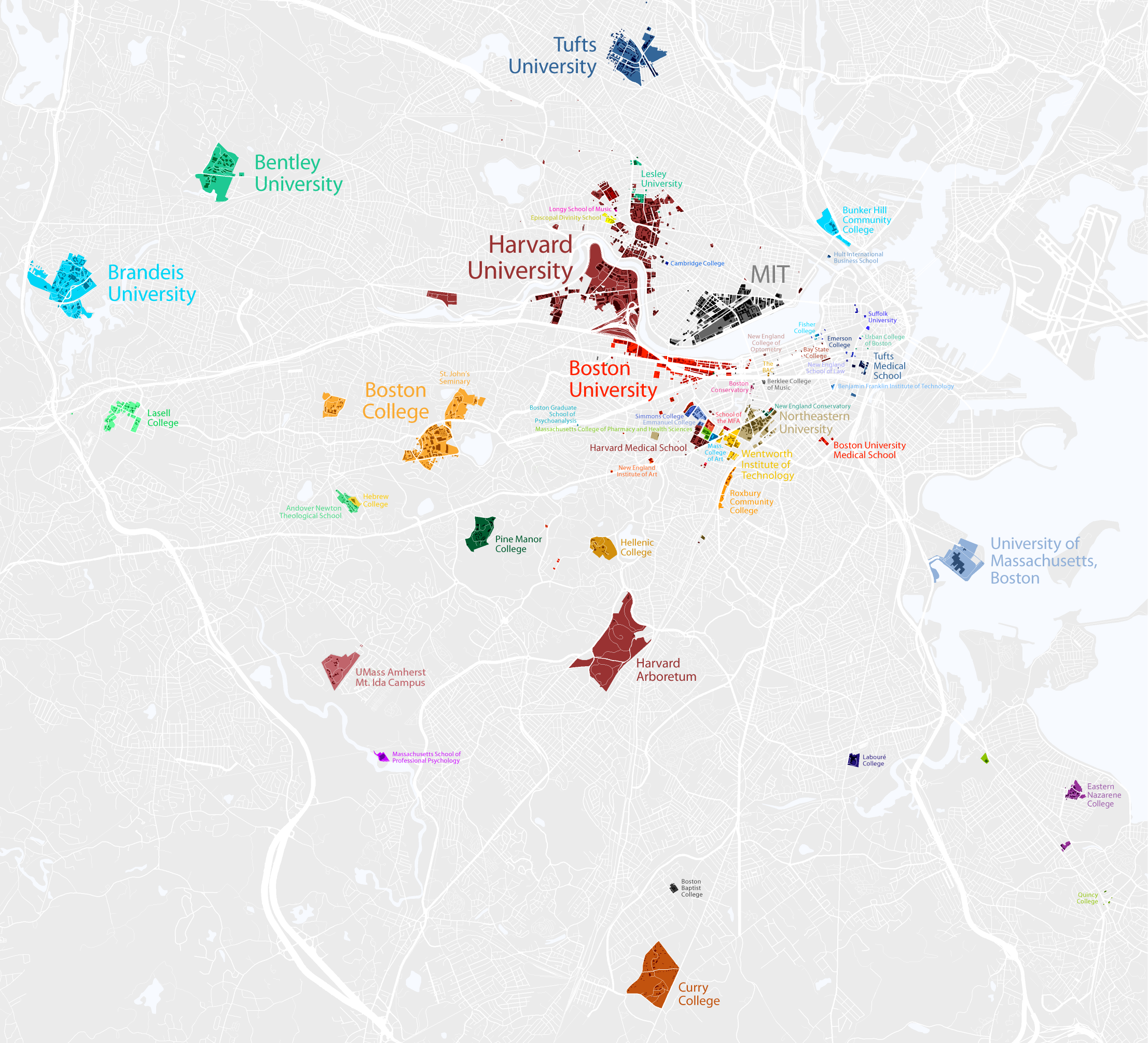The City of Boston has had a huge student population for a long time. The recent mandated dorm construction is actually having a positive impact on housing availability in the city -- the students are moving out of the for-profit rentals and into the dorms (under somewhat more supervision). This is the only reason why Boston's population was able to grow in the last decade, without apparently adding "housing units". (The new housing coming on now was not available for that growth; and the dorms were not counted as housing).
Students move out of the apartments; residents can move in. Seems like a good deal to me.
Jeff -- actually housing units and population are only loosely coupled:
1) Not all housing units are equal:
a] obviously the number of bedrooms and other features has an impact on potential population
b] so too does the structure of the building -- e.g. a family in a 3 decker
c] very significantly the ownership structure -- e.g. the family in a 3 decker that they own
2) Not all populations are equal -- in Major Global Cities such as Boston there are a lot of places owned by but only occasionally used by or seasonally, etc. -- e.g. Tom & Gisellle's new pad under construction next to Bob Kraft
3) Times are always a changin and so are uses of structures and how they fit in the above
The result of the above is that while you could track the population of Boston from say 1900 until 1940 fairly easily by counting either units or people -- today its a lot more complicated
Take a building on Marlborough Street in the Back Bay which was originally a single family residence for a a fairly prosperous family of say 8 in 1900
That building in the past 100 years could have been a rooming house for 30 or a frat houise with 20 residents when the Back Bay was declining in desirability
Later it became 5 Condos housing 15 and today its back to an uber-scale single family residence housing 4
3 deckers in Southy, Broiwnstones in the South End, Bricks in the North End, Woods in East Cambridge, Cambridge Port, etc have all gone through similar transformations in Boston and Cambridge over the past 100 years
And then you get to think about how structures built for commercial, religious and industrial uses are being repurposed for residences -- once again sometimes following several stages of occupation with varying tenants, family structures, ownership, income, density
All in All -- What you can say about Boston which is not necessarily generic in US urban areas -- is that for the first time in many decades there is significant amount of from ground-up construction of new housing units in many price ranges, sizes and locations throughout Boston / Cambridge / Sommerville


